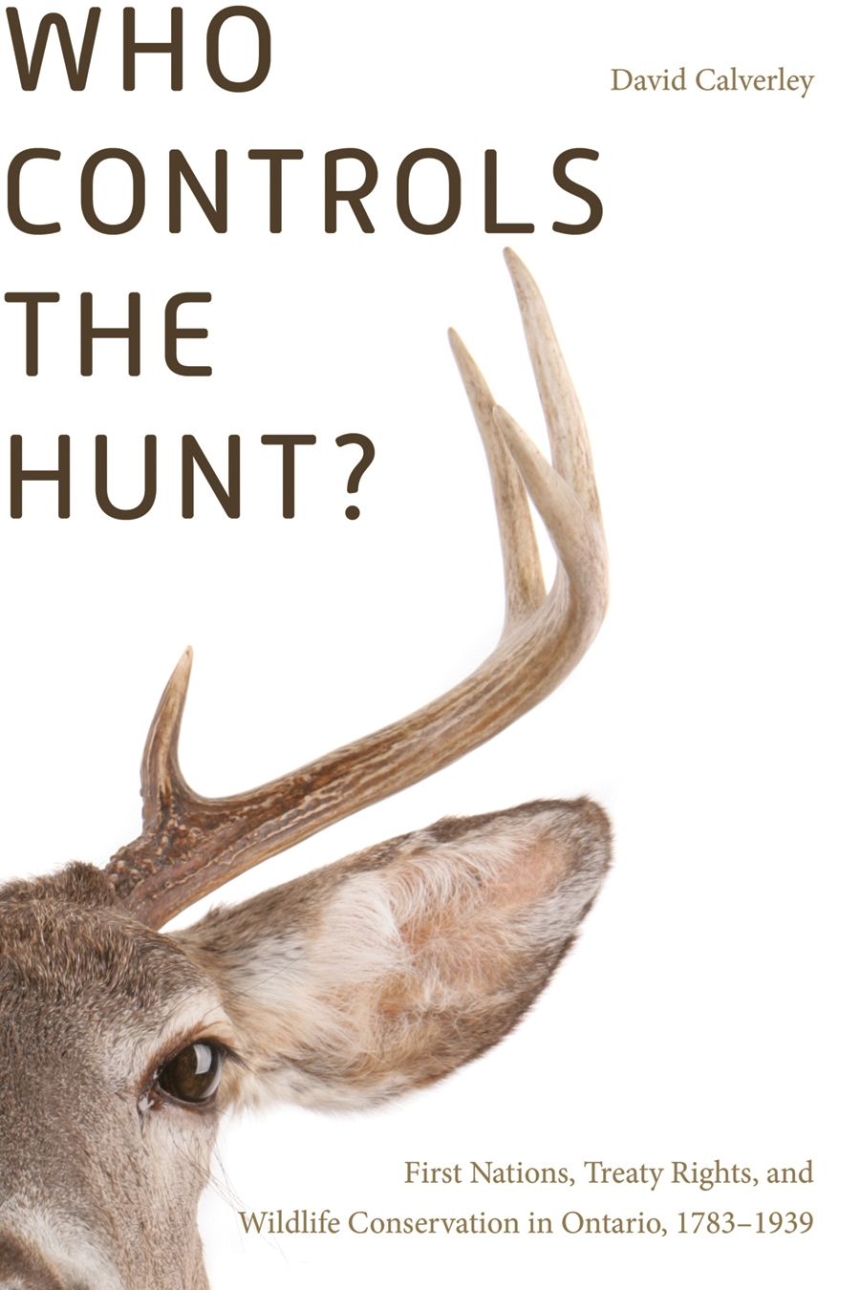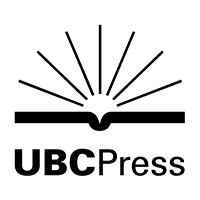University of British Columbia Press
Who Controls the Hunt?
First Nations, Treaty Rights, and Wildlife Conservation in Ontario, 1783-1939
Distributed for University of British Columbia Press
Who Controls the Hunt?
First Nations, Treaty Rights, and Wildlife Conservation in Ontario, 1783-1939
As the nineteenth century ended, the popularity of sport hunting grew and Ontario wildlife became increasingly valuable. Restrictions were imposed on hunting and trapping, completely ignoring Anishinaabeg hunting rights set out in the Robinson Treaties of 1850. Who Controls the Hunt? examines how Ontario’s emerging wildlife conservation laws failed to reconcile First Nations treaty rights and the power of the state. David Calverley traces the political and legal arguments prompted by the interplay of treaty rights, provincial and dominion government interests, and the corporate concerns of the Hudson’s Bay Company. A nuanced examination of Indigenous resource issues, the themes of this book remain germane to questions about who controls the hunt in Canada today.
Table of Contents
Foreword / Graeme Wynn
Introduction
1 First Nations Hunting Activity in Upper Canada and the Robinson Treaties, 1783–1850
2 Ontario’s Game Laws and First Nations, 1800–1905
3 First Nations, the Game Commission, and Indian Affairs, 1892–1909
4 Traders, Trappers, and Bureaucrats: The Hudson’s Bay Company and Wildlife Conservation in Ontario, 1892–1916
5 The Transitional Indian: Duncan Campbell Scott and the Game Act, 1914–20
6 R. v. Padjena: Local Pressure and Treaty Hunting Rights in Ontario, 1925–31
7 R. v. Commanda, 1937–39
Epilogue
Appendices; Notes; Bibliography; Index

